In June 2015, a YouTuber known as Obscure Horror Corner (OHC) uploaded a series of videos showcasing a game they claimed to have found on the deep web. The game was called "Sad Satan." It wasn’t a traditional game by any means—there were no clear objectives, no story, and certainly no fun to be had. Instead, the game consisted of disturbing imagery, strange sounds, and a nightmarish atmosphere that made players feel as if they were descending into some digital abyss.
The videos showed the player navigating through dark, narrow hallways lit by flickering lights. The walls were adorned with unsettling black-and-white images, some of which appeared to be real-life photos of dead bodies, mutilated faces, and eerie symbols. Occasionally, distorted audio clips would play—sometimes snippets of speeches by infamous historical figures like Adolf Hitler, sometimes unsettling whispers or distorted music.
What made "Sad Satan" particularly infamous was the claim that the game was found on the dark web, a part of the internet shrouded in mystery and associated with illegal activities. According to OHC, the game was downloaded from a hidden service with the .onion extension—a domain typically accessible only through the Tor network. This association with the dark web added a layer of creepiness to the game, giving it a mythic, almost forbidden allure.
Unraveling the Mystery
The internet, being the internet, quickly latched onto the story of "Sad Satan." Forums, subreddits, and 4chan threads exploded with speculation, analysis, and attempts to find and play the game themselves. Some users claimed to have found the original .onion link, but these were often dead ends or led to malicious downloads that had nothing to do with "Sad Satan."
As more people attempted to dive into the game, rumors started to spread. Some claimed that playing the game could lead to disturbing dreams, psychological distress, or even physical harm. Others believed that the game was cursed or that it was a form of a dark ritual, designed to trap players in a state of fear or manipulate their minds.
Yet, despite all the noise, no one could seem to find a definitive source for the game. This led some to speculate that the entire thing was a hoax—a cleverly crafted piece of internet horror fiction designed to capitalize on the mystery and fear surrounding the dark web.
Theories and Revelations
As the "Sad Satan" story gained more attention, investigative internet sleuths began to dig deeper. Some found that the original videos uploaded by OHC had been edited, with the most disturbing content removed. This included extreme gore, child exploitation images, and other illegal content. This led to the theory that if "Sad Satan" was real, it may have contained some of the most horrifying and illegal material found on the internet—material that could have serious consequences for anyone who viewed or distributed it.
Others believed that the game was a piece of "creepypasta," a type of online horror fiction where stories, images, and media are created to be unsettling and are often presented as real. These kinds of stories, like the infamous Slender Man, thrive on ambiguity and the line between fact and fiction. The uncertainty of whether something is real or not is part of what makes them so compelling—and "Sad Satan" fit this mold perfectly.
Eventually, some evidence pointed to the likelihood that "Sad Satan" was indeed a hoax. A user on 4chan claimed to have been in contact with OHC and revealed that the game was a modified version of an existing title, edited to include disturbing content. The user also suggested that the dark web origins were fabricated to add to the mystique and terror.
Legacy and Impact
Whether real or fake, "Sad Satan" left a mark on internet culture. It became a part of the broader lore of creepy games and dark web legends, joining the ranks of stories like Polybius, the haunted arcade machine, and other urban legends that blend technology, horror, and the unknown.
The game also sparked discussions about the ethical implications of horror in gaming—how far is too far when it comes to creating disturbing content? Can such creations cause real harm, or are they simply another form of entertainment, albeit a very dark one?
In the end, "Sad Satan" serves as a reminder of how the internet, with its vast reach and ability to blur the lines between reality and fiction, can create modern myths that capture the imagination and fear of those who encounter them. It’s a tale that lives on in the darker corners of the web, a digital ghost story that might never be fully explained but will always be remembered.

